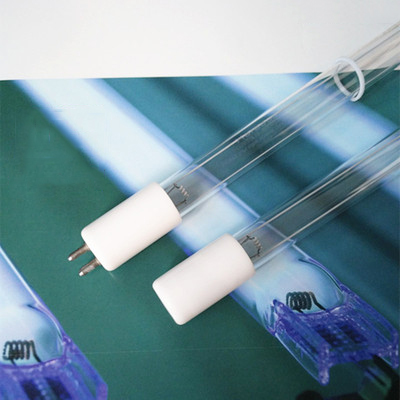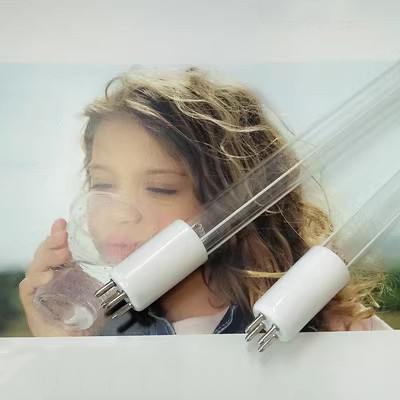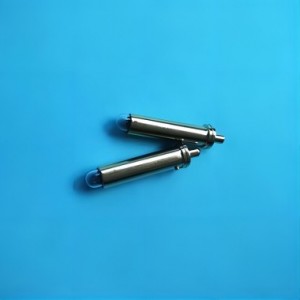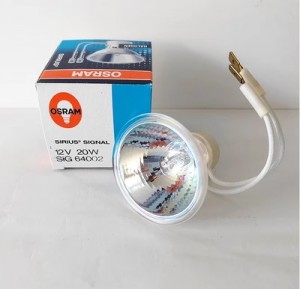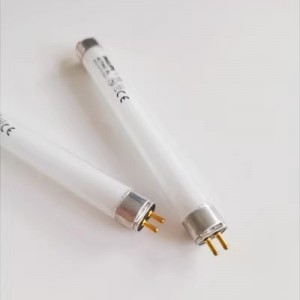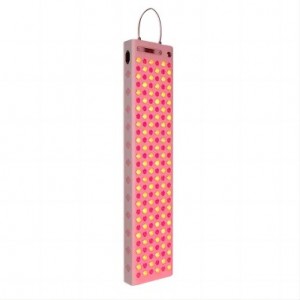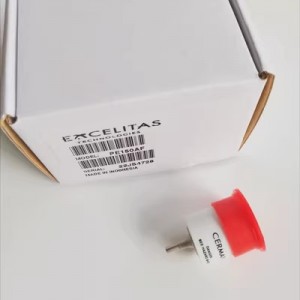Heraeus ultraviolet Germicidal lamp GHO64T5L/4 sewage treatment lamp 150W 1554m
Application:
Production water: There are many processes in industry that require clean and sterile water, such as washing and cleaning processes and production processes in the food and beverage, cosmetics, chemical, and automotive industries, where water is recycled.
Air purification: The moisture in the air conditioning system and humidifier is treated with ultraviolet radiation to prevent the release of fungicides into the air
Aquaculture: Flowing or still water can be treated for controlled aquaculture of fish, clams, crabs, and plants. This can prevent aquaculture from being affected by the external environment and also save water
Agriculture: Nowadays, agriculture requires a large amount of water in greenhouses and growth sheds, and pathogens are easily generated in such closed irrigation water circuits. If water is reused, pathogens can spread throughout the entire irrigation system, which can have adverse effects on plant growth and human health. Ultraviolet sterilization can help achieve a Dafengshou (Salad of assorted fresh vegetables).
Home water treatment applications:
Grey water: Mild water pollution (such as shower water in hotels and sports centers) can be reprocessed for irrigation and other lower requirements
Private residential drinking water systems: Regionalized drinking water treatment is popular in remote or inconvenient areas. In this environment, ultraviolet sterilization can destroy Legionella bacteria in hot water supply systems such as private or public indoor swimming pools.
Other applications of home water treatment: fish tanks, fish ponds, swimming pools, etc
UV light source for municipal water treatment:
Drinking water: A healthy and safe supply of drinking water is an important factor in ensuring health and avoiding diseases. Drinking water can be sterilized and treated by ultraviolet radiation without the need for auxiliary chemicals. Will not affect the taste, odor, or pH of the water
Special point: Pathogens do not develop tolerance to ultraviolet light
Sewage: Municipal sewage must be treated and sterilized before being reintroduced into the water cycle. This is essential for protecting the water of rivers, lakes, and seas, thereby protecting public health.


